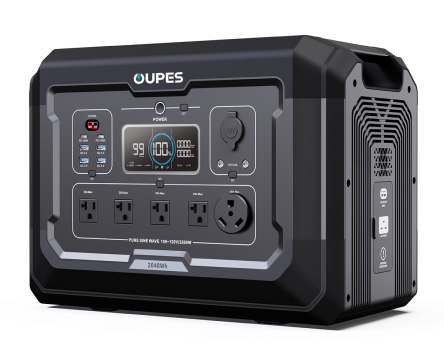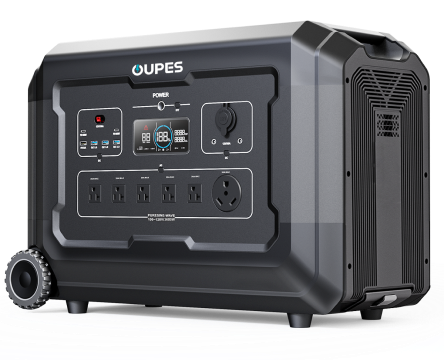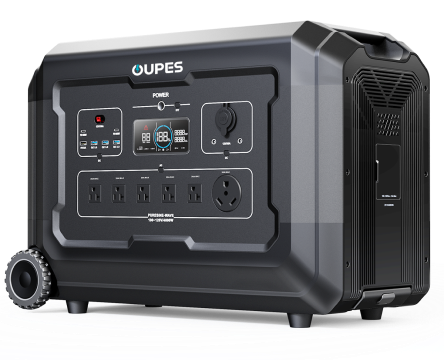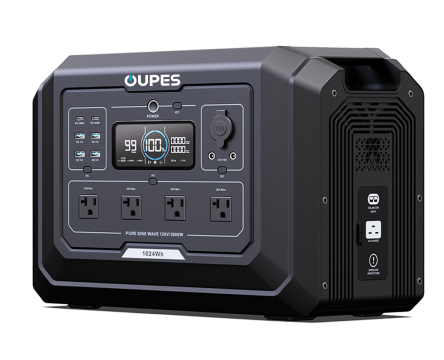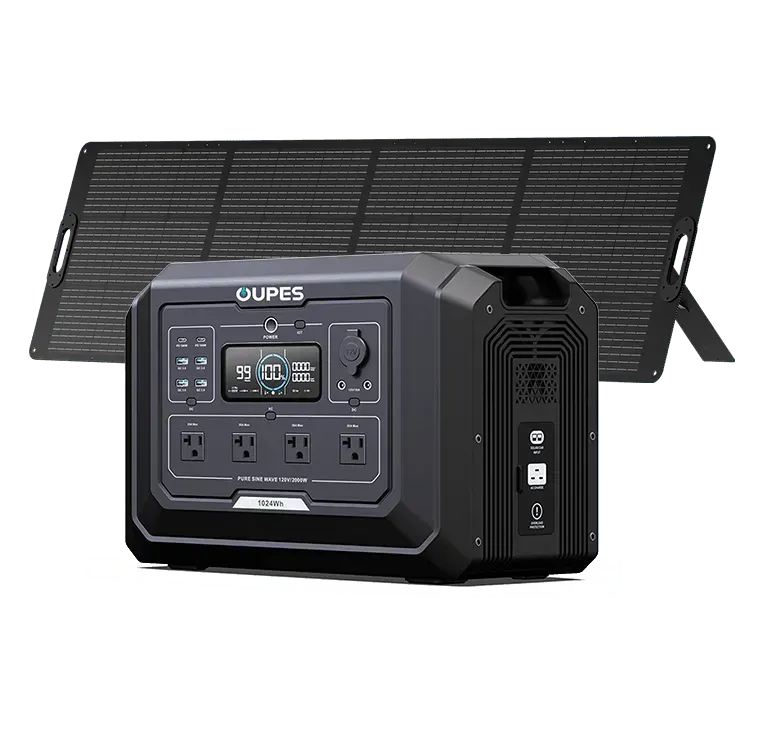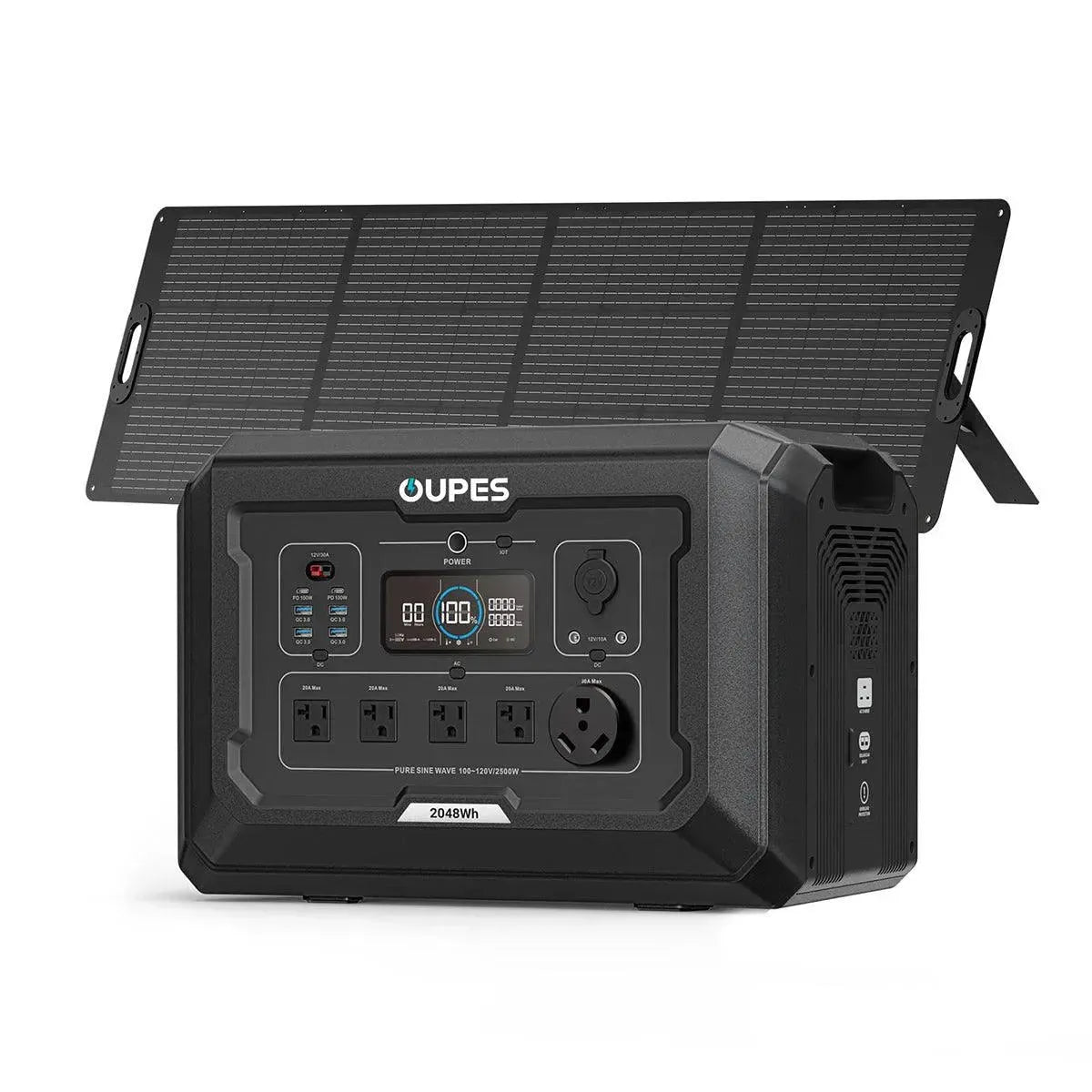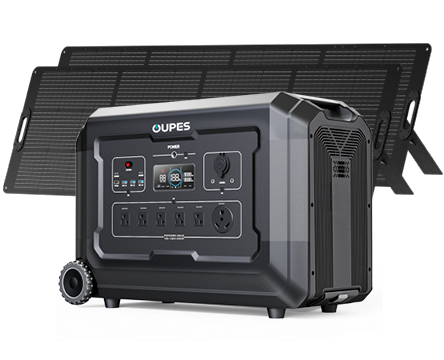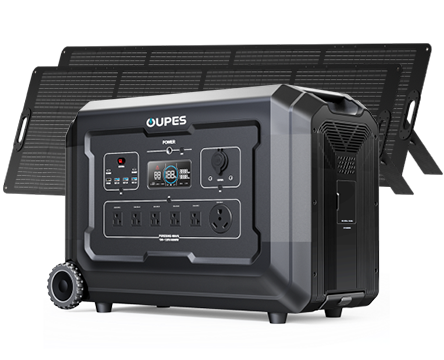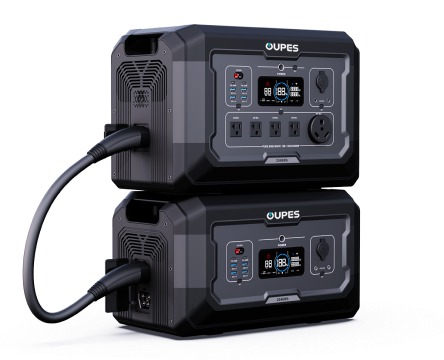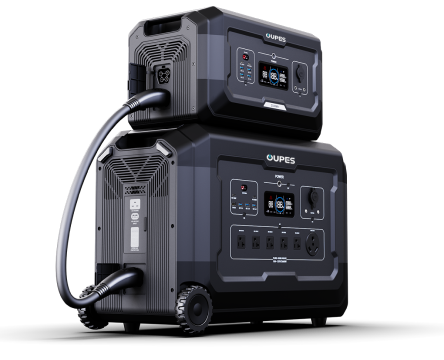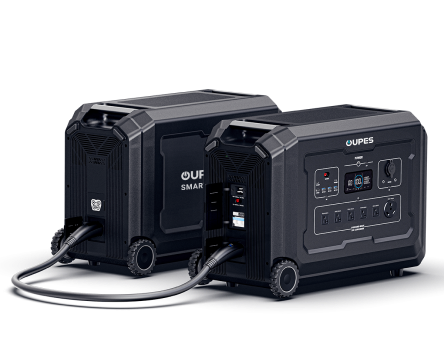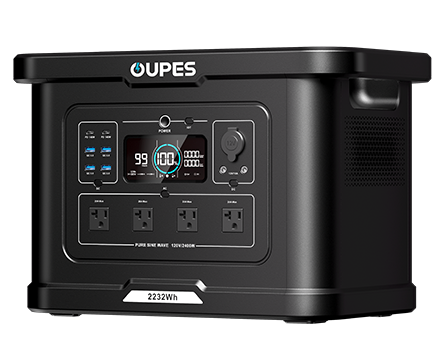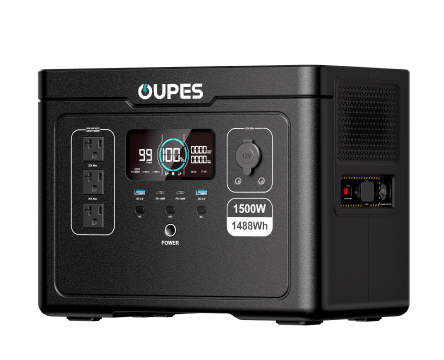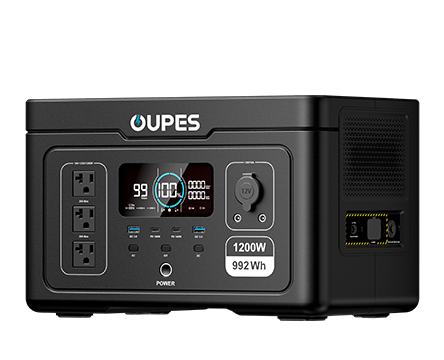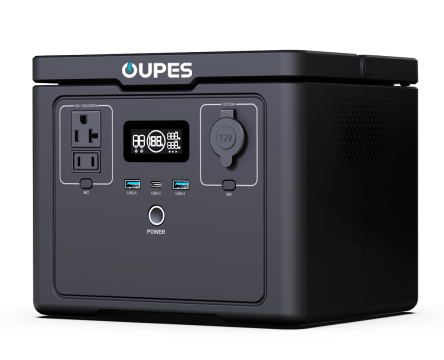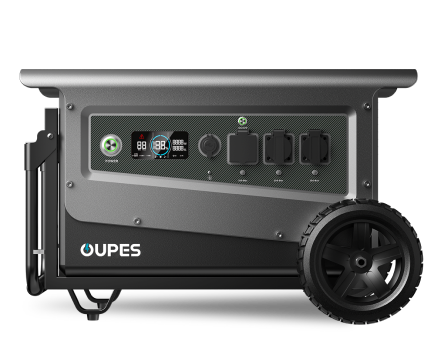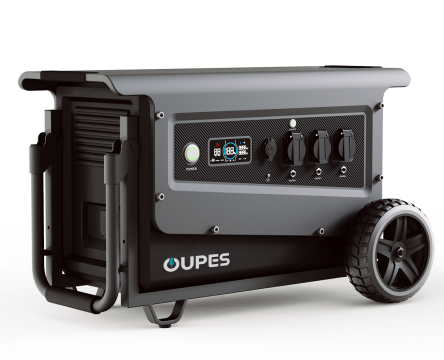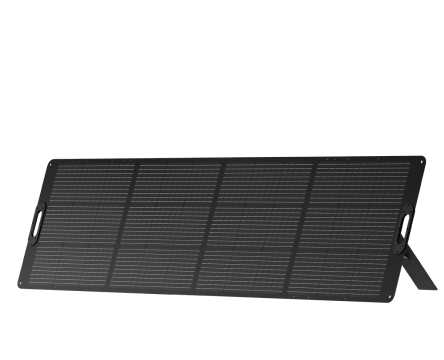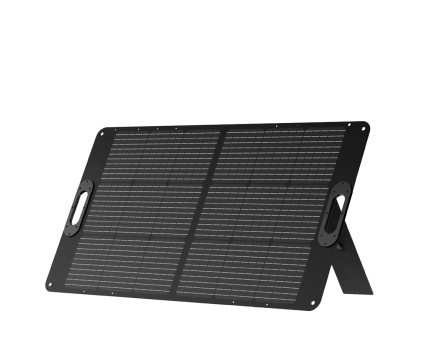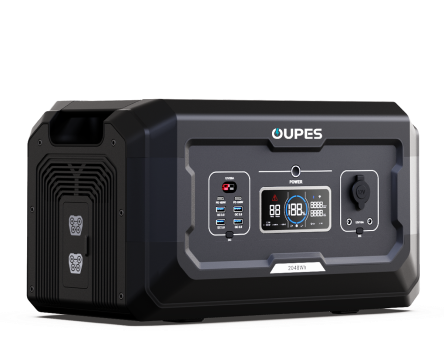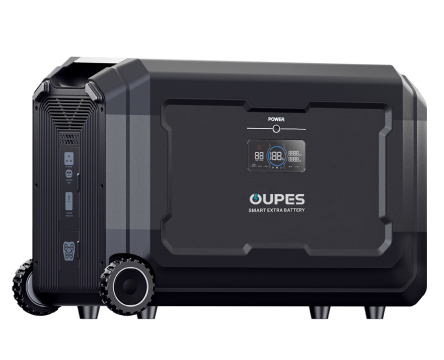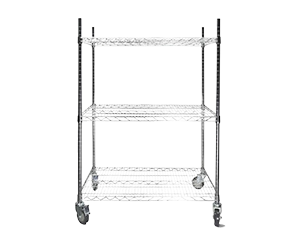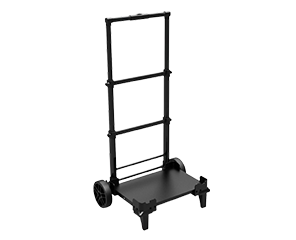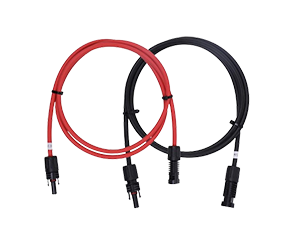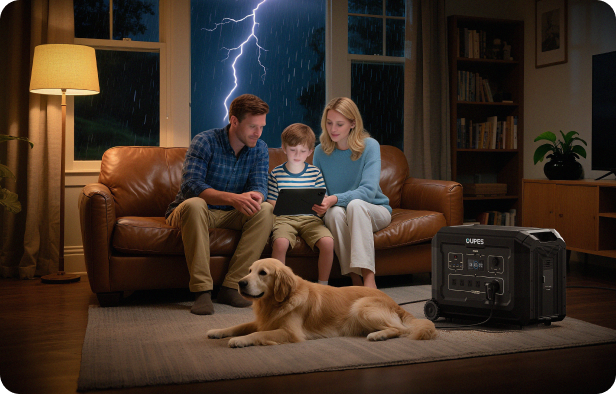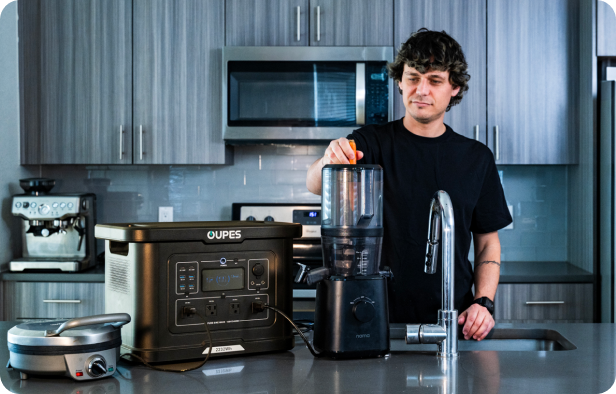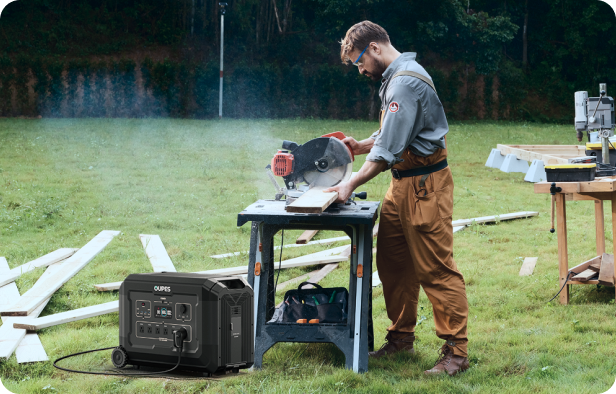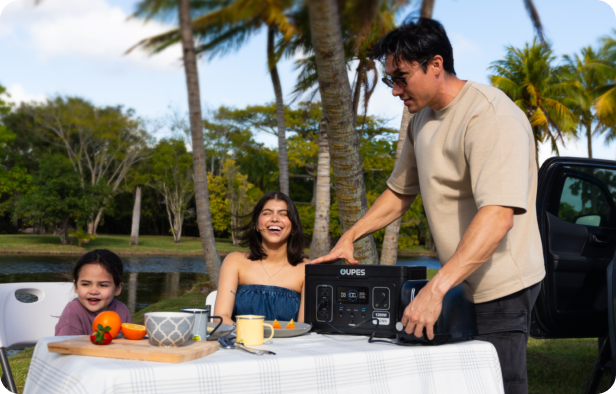
Table of Contents
Introduction
Solar energy is rapidly becoming one of the most reliable and sustainable ways to power everything—from entire homes to recreational vehicles (RVs) and portable devices. But one common question remains: how much energy can solar power actually produce? The answer depends on several factors, including your location, panel type, sunlight exposure, and system size. This guide breaks down everything you need to know about solar power output, helping you estimate production for home systems, RV setups, and portable power stations.
Understanding How Solar Power Works
Solar panels capture sunlight and convert it into direct current (DC) electricity through photovoltaic (PV) cells. This DC power is then converted into alternating current (AC) using an inverter—allowing you to power household appliances, electronics, and even air conditioners. The amount of energy produced depends on the panel’s efficiency, wattage, and the number of hours of sunlight available each day.
Key Components of a Solar Power System
- Solar Panels: Capture sunlight and convert it into DC electricity.
- Inverter: Converts DC into usable AC power.
- Battery (optional): Stores excess energy for later use.
- Charge Controller: Prevents battery overcharging.
Factors That Affect Solar Power Generation
The total energy a solar system can produce depends on both environmental and technical factors. Understanding these helps you set realistic expectations and design the most efficient setup.
1. Sunlight Exposure
The amount of sunlight (measured as “peak sun hours”) greatly affects energy output. For example, states like Arizona and Nevada receive 5–7 peak hours per day, while northern regions may get only 3–4.
2. Panel Efficiency
Modern panels typically have efficiencies between 18% and 23%. A higher efficiency means more power generation in the same amount of sunlight.
3. Tilt Angle and Orientation
Panels should face true south (in the Northern Hemisphere) and be tilted according to your latitude to capture maximum sunlight.
4. Weather and Temperature
Cloud cover and heat can reduce performance. Surprisingly, panels operate more efficiently in cooler temperatures since excessive heat increases electrical resistance.
5. System Size
The more panels or the higher total wattage you install, the more energy you’ll produce. For example, a 5 kW residential system generates more than five 400W portable panels combined.
How to Calculate Solar Power Output
You can estimate daily or monthly energy production using this simple formula:
Energy (Wh/day) = Panel Wattage × Sun Hours × Efficiency Factor
For instance, a 400W panel receiving 5 peak sun hours per day at 85% efficiency produces:
400 × 5 × 0.85 = 1,700 Wh (1.7 kWh) per day.
Annual Energy Estimate Example
| System Type | System Size | Average Sun Hours | Annual Output (kWh) |
|---|---|---|---|
| Home Solar (Roof) | 5 kW | 5 | ~7,750 kWh |
| RV Solar Setup | 1 kW | 5 | ~1,550 kWh |
| Portable Solar Generator | 400 W | 5 | ~620 kWh |
This table provides a general estimate, but actual output will vary depending on panel efficiency, region, and energy consumption habits.
Solar Power for Homes
Residential solar systems are designed to offset a significant portion—or all—of your electricity bill. A standard 5 kW setup can typically power an average U.S. household, depending on consumption patterns.
How Much Energy Can a Home Solar System Produce?
A 5 kW system produces around 400–800 kWh per month, depending on location. Homes with high energy usage may require larger systems or battery storage to maintain reliability during cloudy days or at night.
Benefits
- Long-term energy savings
- Increased property value
- Reduced carbon footprint
- Eligibility for federal and state tax incentives
Solar Power for RVs and Off-Grid Travel
For RV owners, solar energy provides independence from electrical hookups and noisy generators. A properly configured RV solar setup can keep lights, fridges, and electronics running indefinitely with good sunlight.
Typical RV Solar Configuration
- Solar Array: 600–1,200 W total capacity
- Battery Bank: 2,000–4,000 Wh (LiFePO4 preferred)
- Inverter: 1,000–2,000 W
Such a system can produce 2–6 kWh per day, enough to power fans, LED lighting, laptops, and small appliances. For air conditioners or microwaves, higher-capacity battery systems and solar input are required.
Portable Power Stations and Solar Generators
Portable power stations are compact, all-in-one systems that store solar energy for later use. When combined with foldable solar panels, they function as solar generators, ideal for outdoor camping, emergencies, or backup power.
How Much Energy Can They Produce?
A typical portable setup using two 240W panels produces around 2.4–3 kWh per day in good sunlight. This energy can power:
- Laptops and phones (multiple charges)
- Mini fridges for 6–10 hours
- Electric fans or lights overnight
- Small AC units for short periods
Ideal Use Cases
- Camping and RV trips
- Emergency home backup
- Remote job sites
- Eco-friendly power for outdoor events
Comparison: Home, RV, and Portable Solar Systems
| Feature | Home Solar | RV Solar | Portable Power Station |
|---|---|---|---|
| System Size | 3–10 kW | 0.5–2 kW | 0.2–1 kW |
| Energy Output (Daily) | 10–40 kWh | 2–6 kWh | 0.5–3 kWh |
| Mobility | Fixed | Semi-mobile | Highly portable |
| Best For | Homes & long-term savings | Off-grid travel | Outdoor, emergency, short-term use |
| Installation | Professional | DIY / Custom | Plug-and-play |
How to Maximize Solar Energy Efficiency
1. Optimize Panel Placement
Install panels at the correct tilt and direction to maximize daily sun exposure. For portable systems, reposition panels every few hours to track sunlight.
2. Use Energy-Efficient Appliances
Pair your solar system with LED lighting, inverter-based air conditioners, and energy-efficient electronics to extend runtime.
3. Clean Panels Regularly
Dust and debris can reduce solar efficiency by 5–10%. Regular cleaning improves light absorption and energy yield.
4. Use LiFePO4 Batteries
Modern lithium iron phosphate (LiFePO4) batteries offer longer life cycles, higher safety, and better energy retention than traditional lithium-ion or lead-acid types.
5. Combine with Solar Tracking or MPPT Technology
MPPT (Maximum Power Point Tracking) charge controllers optimize energy harvest by adjusting voltage dynamically according to sunlight conditions.
How OUPES Integrates Efficient Solar Energy Systems
Companies like OUPES develop advanced portable power stations and solar generators that efficiently store and manage renewable energy. By combining high-efficiency monocrystalline solar panels with LiFePO4 batteries, OUPES systems deliver long-lasting, eco-friendly performance for homes, RVs, and outdoor enthusiasts. While this guide remains educational, OUPES represents how modern engineering has made solar power accessible, mobile, and dependable.
FAQ
1. How much energy can a 400W solar panel produce?
A 400W solar panel produces about 1.6–2.0 kWh per day under optimal sunlight conditions (4–5 hours of full sun).
2. How many solar panels do I need to power a house?
An average U.S. home requires around 15–20 panels rated at 400W each to meet daily energy needs of about 30 kWh.
3. Can solar panels fully power an RV?
Yes, depending on energy usage and setup size. A 1–2 kW system can power essentials like lights, fans, and small kitchen appliances.
4. How long does it take to charge a portable power station with solar?
With 400–800W of solar input, most power stations recharge within 3–6 hours of full sunlight.
5. What affects solar energy output the most?
Sunlight hours, shading, temperature, and panel efficiency are the biggest factors affecting output.
6. Can solar power run high-energy devices like air conditioners?
Yes, but you’ll need a large-capacity battery (2–5 kWh) and strong inverter output (2,000W+) to handle startup surges.
7. Is solar power worth it for small setups?
Absolutely. Even small portable setups provide clean, silent energy for outdoor trips, backup power, and emergencies.

